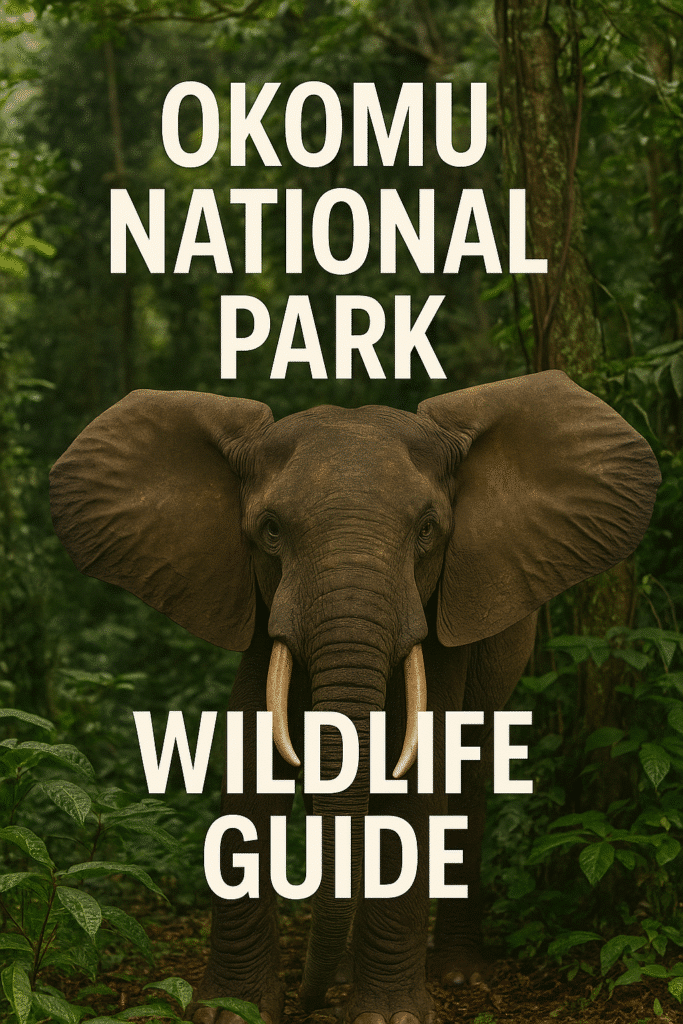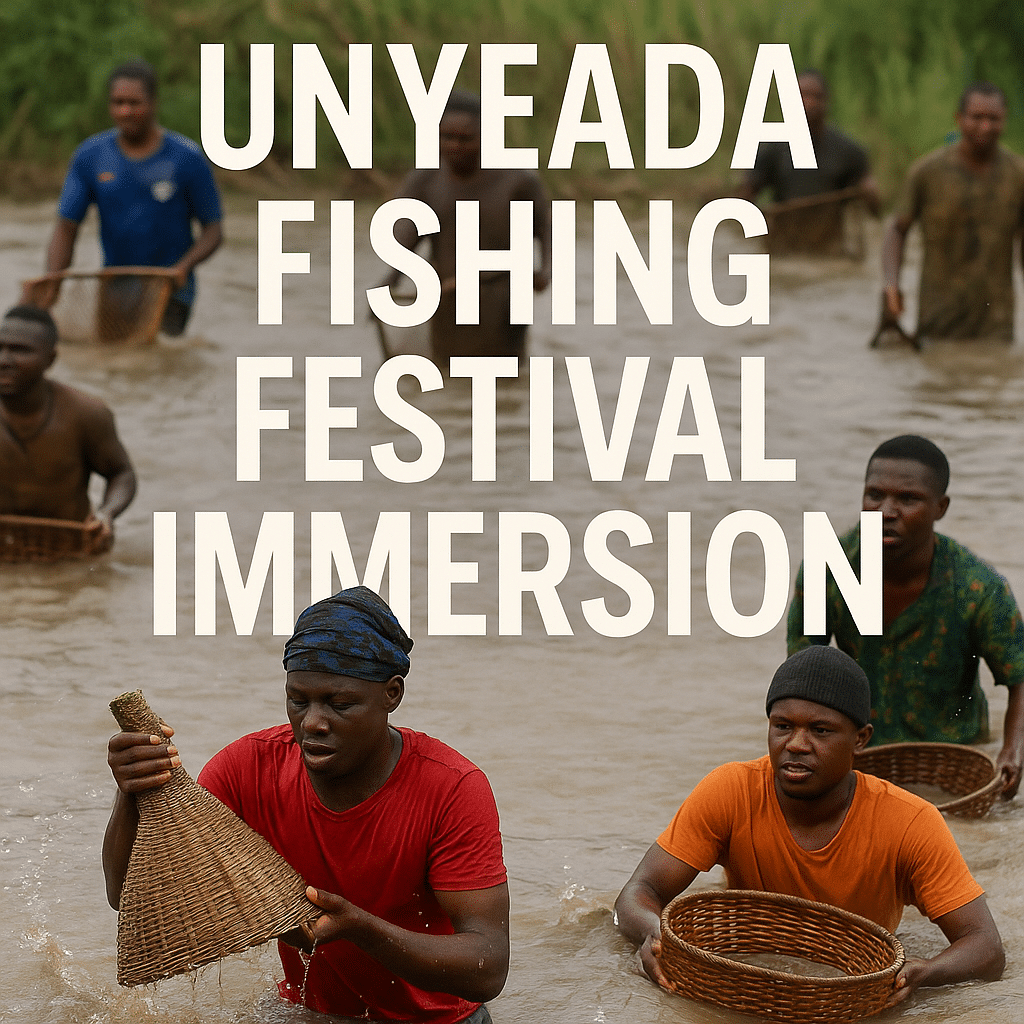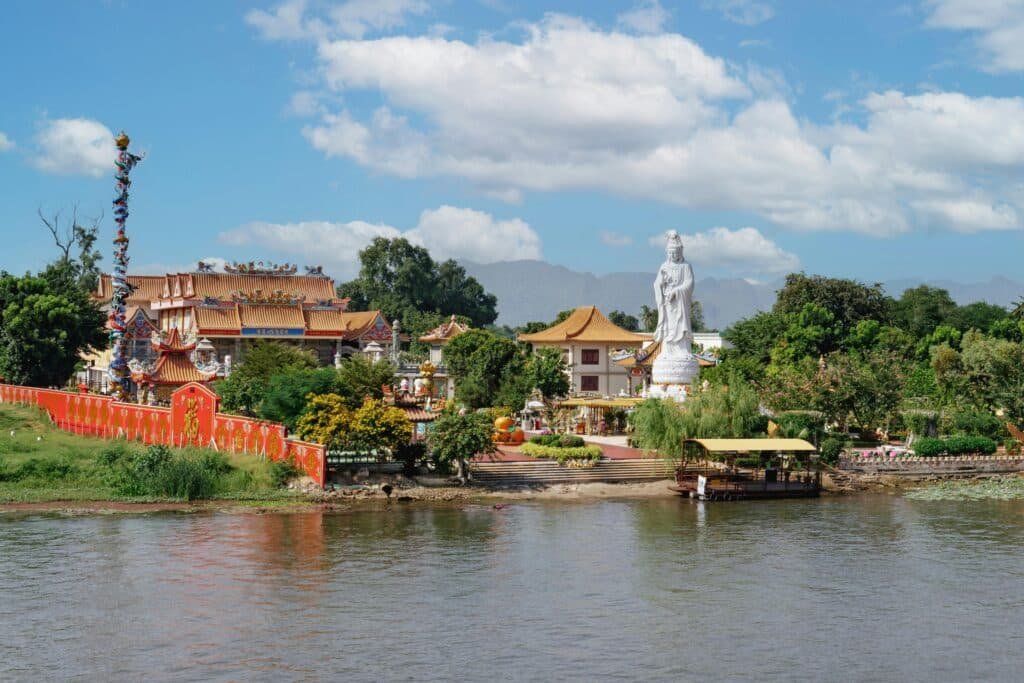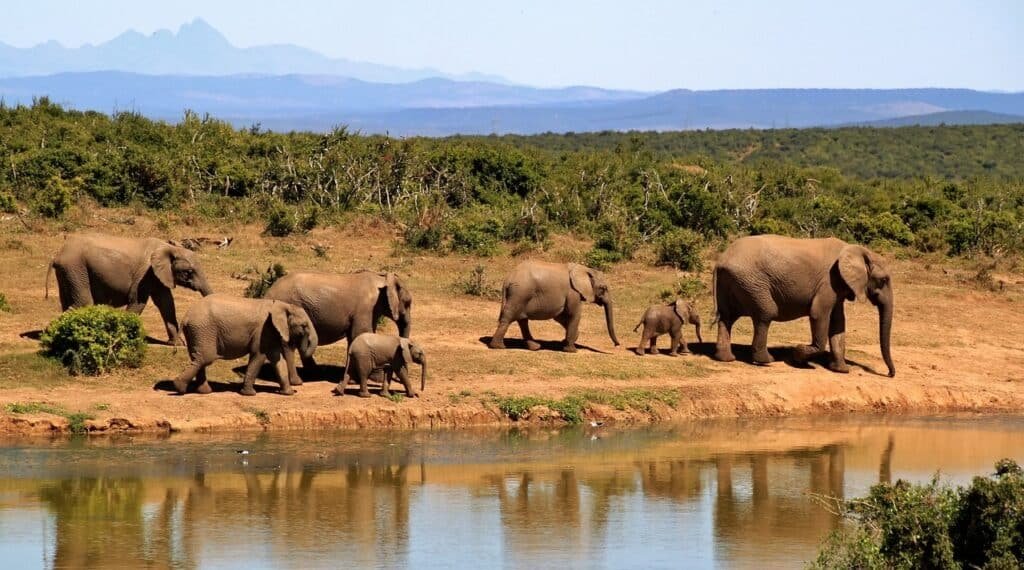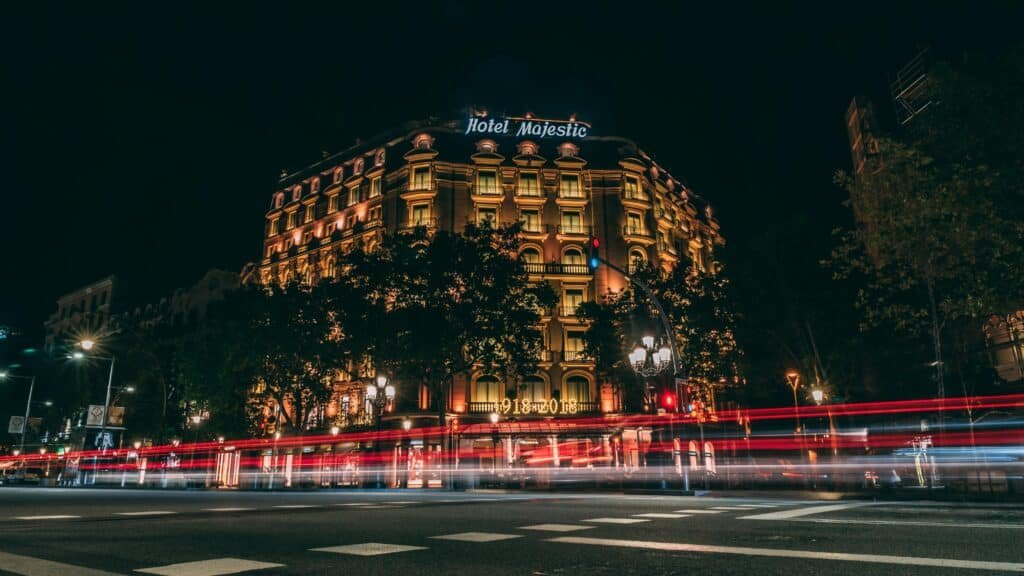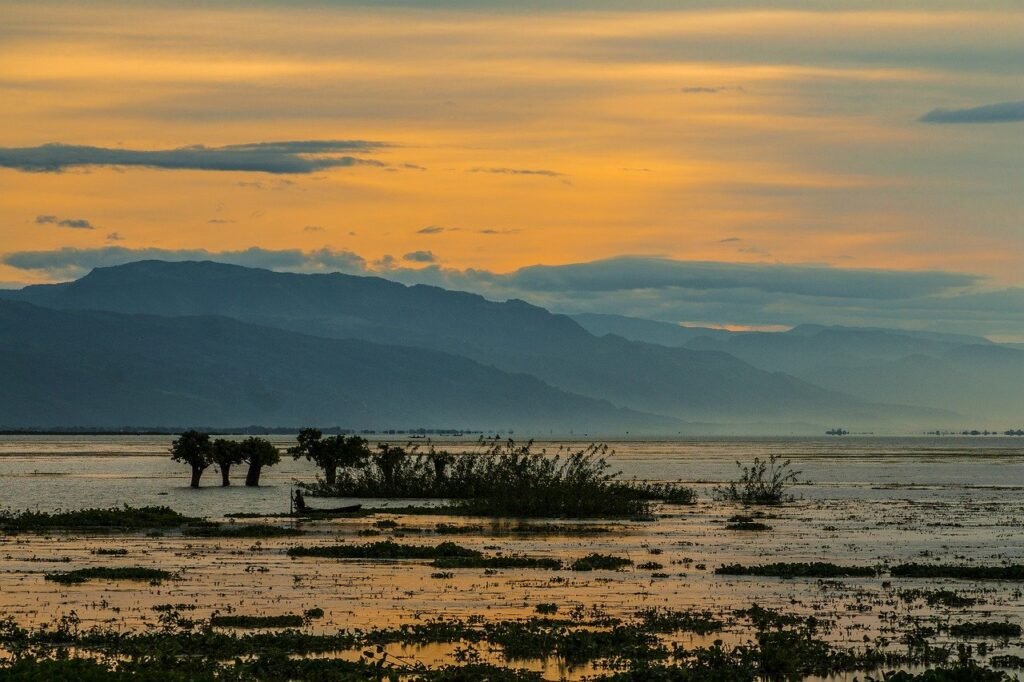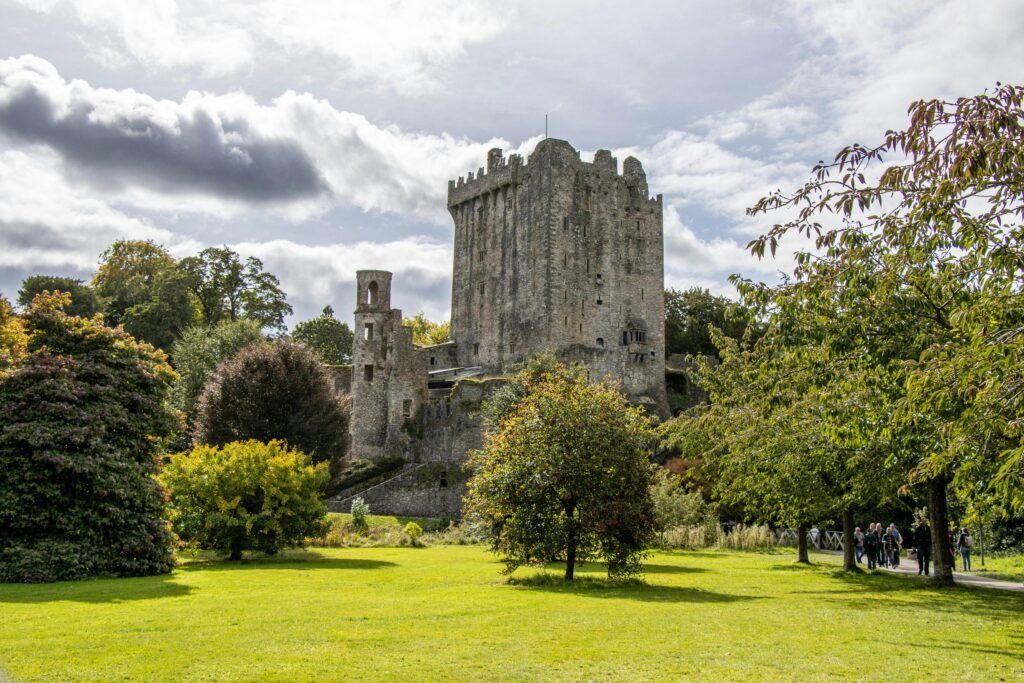Okomu National Park Wildlife Guide – Top 10 Animals
Discover Okomu National Park’s rich wildlife in this guide. Meet the top 10 animals—from forest elephants to rare monkeys—and get travel tips for your trip. Okomu National Park Wildlife Guide: Explore Amazing Wildlife in Nigeria Welcome to our Okomu National Park Wildlife Guid! Okomu National Park is a protected rainforest in southern Nigeria teeming with incredible animals and lush greenery. Though it’s the smallest of Nigeria’s seven national parks at about 197 km² (19,712 hectares)travelwithapen.com, it is home to a huge variety of wildlife. From endangered forest elephants to brightly colored birds and butterflies, this park is a treasure trove of nature. Located roughly 45 km west of Benin City in Edo State, Nigeriatravelwithapen.com, Okomu offers visitors a chance to experience one of the last remnants of the country’s rainforest. This guide will introduce you to the top 10 wildlife species you can find in Okomu, compare their features side-by-side, and provide friendly tips to make your visit safe, fun, and memorable. Tip: The best time to visit Okomu National Park is during the dry season (roughly November to March). The weather is clearer and animals are more active, making them easier to spot!conservationsng.com Overview of Okomu National Park Okomu National Park may be small in size, but it’s big in biodiversity. It protects one of the last intact rainforest ecosystems in Nigeriaconservationsng.comconservationsng.com. Walking into Okomu feels like entering a green cathedral of towering trees, twisting vines, and chattering monkeys. The park’s landscape is mostly tropical lowland rainforest with swampy areas and rivers like the Osse and Okomu rivers flowing throughen.wikipedia.org. This rich environment supports hundreds of species of plants and animals found nowhere else in the country. In fact, about 33 species of mammals live hereen.wikipedia.org, along with 150+ species of birdsseeanimalswild.com and even 700+ types of butterfliesseeanimalswild.com! It’s no wonder Okomu is considered a biodiversity hotspot and an important sanctuary for endangered wildlife. Okomu was originally a small forest reserve created in 1935, and over time it was expanded and designated as a national park to protect its wildlifeen.wikipedia.orgen.wikipedia.org. Park rangers work hard to prevent poaching (illegal hunting) and logging, since some of the animals here—like the forest elephant and white-throated monkey—are endangered and need strict protectionen.wikipedia.orgcommons.wikimedia.org. Visitors to Okomu can learn about these conservation efforts at the park’s museum and conservation center, located near the park entrance. There you’ll see animal skeletons (like elephant skulls and buffalo horns) and confiscated hunting tools, which tell the story of why protecting Okomu’s wildlife is so importanttravelwithapen.comtravelwithapen.com. When you visit, you can stay overnight in simple chalets on stilts near the park entranceconservationsng.com. From there, guided tours lead you into the forest. One highlight is climbing the famous 140-foot tree house perched against a giant silk-cotton treetripadvisor.comen.wikipedia.org. From the top, you get a bird’s-eye view over the rainforest canopy – an unforgettable experience where you might spot birds flitting below and hear monkeys calling through the trees! Okomu also offers a canopy walkway and marked nature trails for visitors to exploretravelwithapen.com. Activities include wildlife viewing, bird watching, nature walks, and even fishing in the Okomu and Osse riverstravelwithapen.com. With this guide, you’ll know what amazing animals to look for as you embark on your Okomu adventure. Tip: Bring binoculars and a camera! Many animals hide in the dense foliage. Binoculars will help you spot colorful birds or monkeys high in the trees, and a camera lets you capture the moment. (Just remember to enjoy the experience first-hand, too!) Top 10 Wildlife of Okomu National Park Now let’s meet the 10 best wildlife species you might encounter in Okomu National Park. These animals are like the “superstars” of the park’s jungle and rivers. For each one, we’ll share what makes it special and some fun facts. Keep in mind that wild animals can be shy – especially in a thick forest – so spotting them takes patience and a bit of luck. Even if you don’t see all of these creatures, it’s exciting to know they’re out there, and finding any signs (like footprints or calls) can be an adventure! 1. African Forest Elephant A rare African forest elephant family in a swampy clearing.The African forest elephant is the largest animal in Okomu National Park – yet it’s surprisingly elusive! These elephants are a bit smaller than the more familiar savanna elephants, with adults standing about 2.5–3 meters tall (8–10 feet). They have rounded ears and straighter tusks. Forest elephants use their tusks to cut through dense vegetation and their trunks to grab fruit in the rainforest. Only a few are left in Okomu, making them endangered and very hard to spoten.wikipedia.org. In fact, elephant sightings are rareen.wikipedia.org – many visitors only see footprints or dung on the trails. Park rangers once found a young elephant’s remains in 2007 (likely a victim of poachers)en.wikipedia.org, but today the park is working hard to stop all ivory poaching. If you’re extremely lucky to see a forest elephant in Okomu, you’ll witness a gentle giant quietly munching on leaves or taking a mud bath. Remember to keep a safe distance; elephants are peaceful but can charge if startled. Just knowing these majestic elephants roam the Okomu forest is thrilling! 2. African Buffalo The African buffalo in Okomu are the forest subspecies – slightly smaller than the large buffalo of open savannas, but still huge and powerful. They look like large dark-brown cattle with curved horns. African buffalo often move in herds and love wallowing in muddy spots or rivers to cool off. In Okomu’s thick vegetation, buffalo are tough to see, but you might catch a glimpse of one crossing a dirt road or hear them crashing through bushes. They are considered dangerous because they will defend themselves if threatened, so your guide will keep a respectful distance. Buffaloes contribute to Okomu’s ecosystem by grazing on grass and creating paths that other animals use. Along with elephants, they’re one of the “Big Mammals” that live in the parken.wikipedia.org. Seeing an African buffalo in
Okomu National Park Wildlife Guide – Top 10 Animals Read More »

